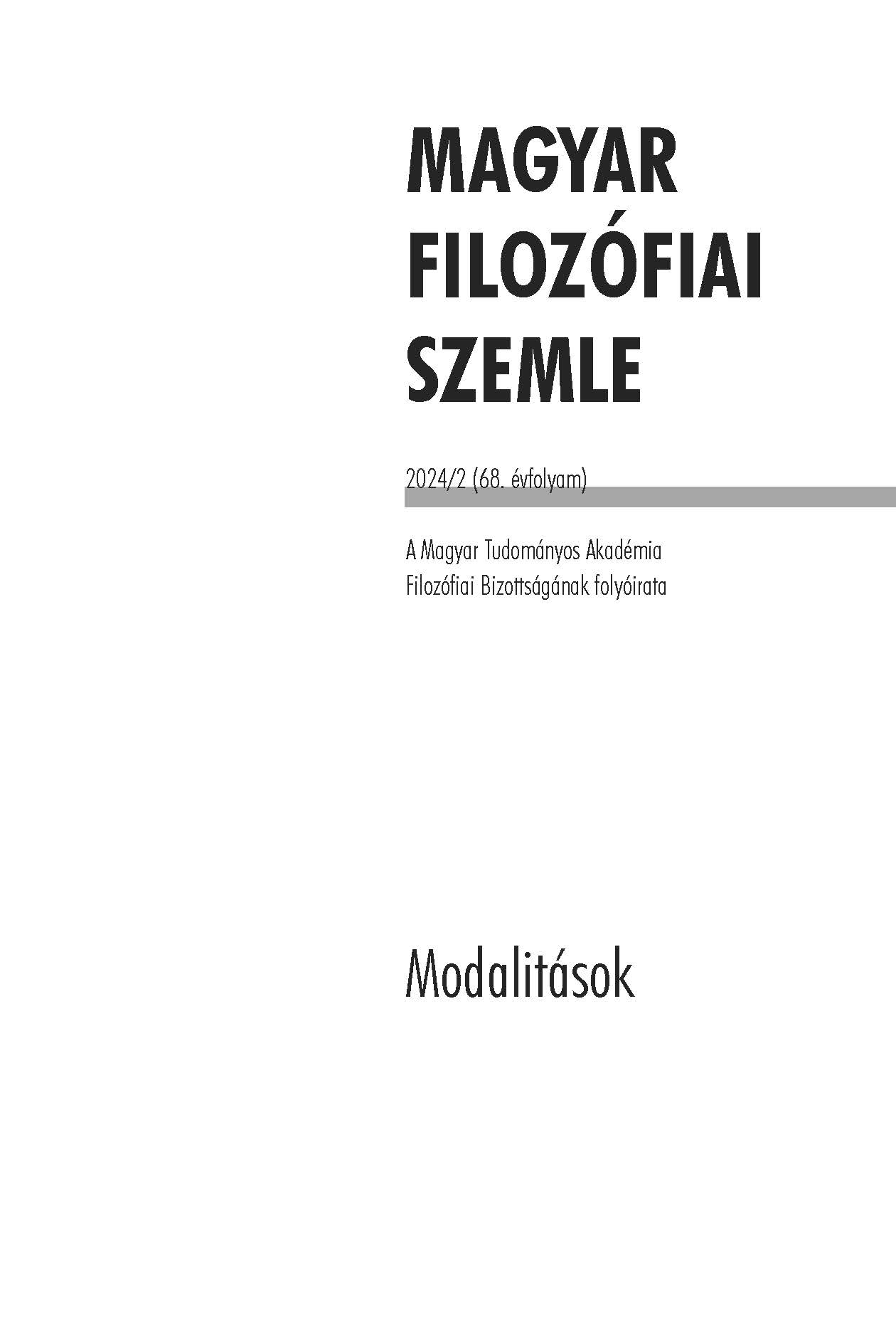Lehetséges világok és fiktív világok
Absztrakt
Jó okkal gondoljuk, hogy a narratív műalkotások lehetséges történeteket mesélnek el. Ám érdemes-e a „lehetséges világ” fogalmát névértéken venni, és azt állítani, hogy a narratív fikció „világa” megfeleltethető a modális szemantika lehetségesvilág-fogalmának? David Lewis híres tanulmánya, a Truth in fiction (1978/1983) szerint a kérdésre igennel kell felelnünk. Tanulmányomban részletesen bemutatom a szerző elemzését, és azt állítom: csak akkor mérhetjük fel helyesen a modell belső összefüggéseit, s vele együtt Lewis fikcióelméleti javaslatának lényegét, ha szem előtt tartjuk azt a két általános megszorítást, amelyet írásának korai pontján megfogalmaz. A szerző szerint minden olyan elméletnek, amely a lehetséges világok terminusaiban kíván számot adni a paratextuálisan használt (azaz a fikció tartalmára vonatkozó állításokat kifejező) mondatok intuitív igazságfeltételeiről, el kell kerülnie, hogy a releváns lehetséges világok körét a „fikció szerinti igazság” (truth in fiction) fogalmára támaszkodva jelölje ki (A trivialitás tilalma, a továbbiakban: TT), illetve hogy az
aktuális világot is „beengedje” a releváns lehetséges világok közé (Lehetőség-fikcionalitás aszimmetria, a továbbiakban: LFA). David Lewis elemzése mindkét elvárásnak eleget tesz, ám a szerző súlyos teoretikus árat fizet érte. Az a technikai megoldás, amellyel biztosítja a teljesülésüket, végső soron ahhoz vezet, hogy a modell (bizonyos esetekben) tévesen jelöli ki a művészi célú narratív fikciók igazságainak körét. Lewis azért nem vetett számot ezzel a problémával, mert szemlátomást nem tartotta kötelező érvényűnek a következő megszorítást: az elemzésnek érzékenynek kell lennie az irodalmi szövegek és a másféle típusú narratív szövegek értelmezését megalapozó következtetések természetének különbségére (Interpretációs aszimmetria, a továbbiakban: IA). Tanulmányomban megmutatom, hogy a TT- és az IA-megszorításnak nem lehet egyszerre eleget tenni. Ha ragaszkodunk TT-hez, elemzésünk nem fogja adekvátan megragadni a művészi fikció sajátosságait, bár a lehetségesvilág-beszédmódnak lesz némi magyarázóereje – Lewis ezt a megoldást választotta. Ha viszont kitartunk IA mellett, a „lehetséges világok” fogalma nem fog valódi magyarázati munkát végezni az elméletben, ezért különösebb veszteség nélkül elhagyható, viszont az elemzés érzékeny lesz az irodalmi elbeszélések sajátosságaira – a Lewis utáni fikcióelméletek szerzői ezen az úton indultak el.



